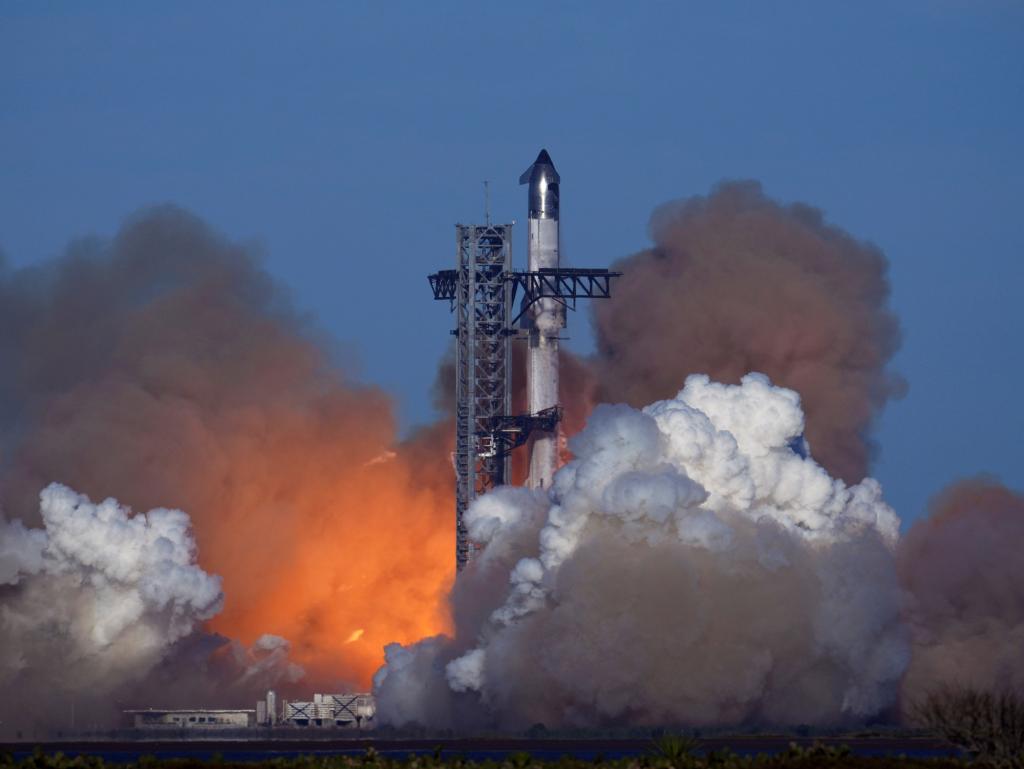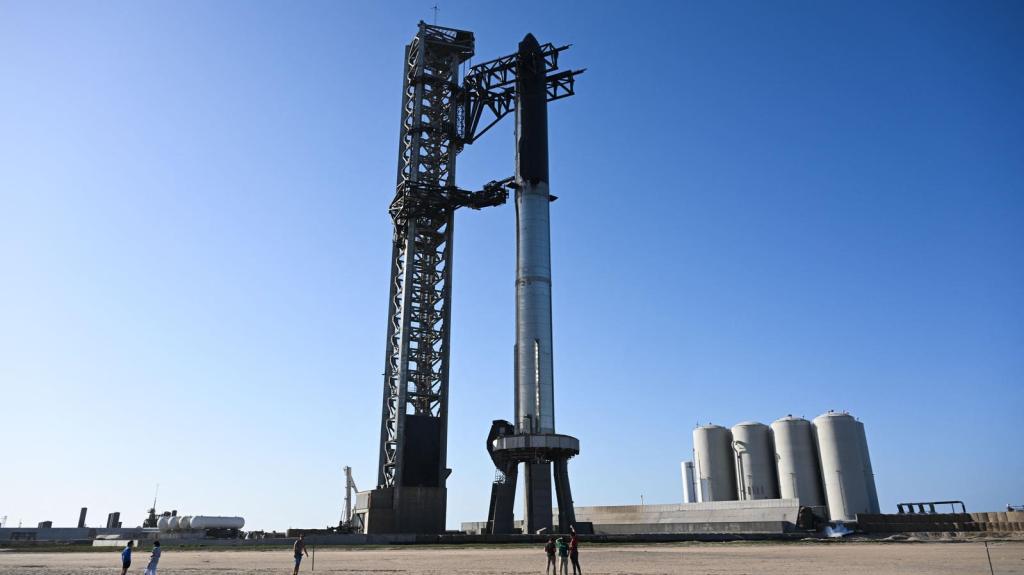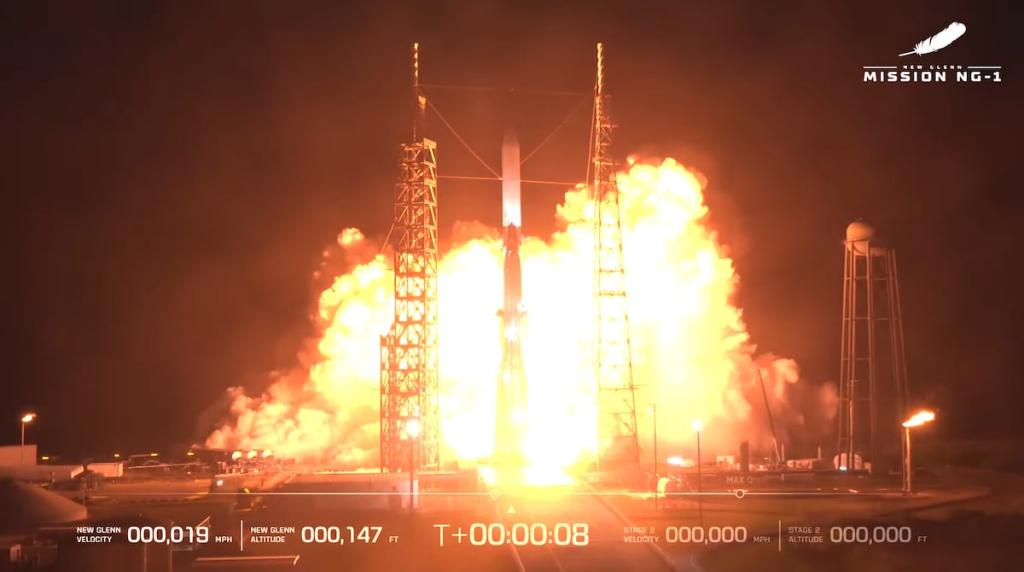Boeing's Starliner Returns Uncrewed: Challenges and Innovations
Discover how Boeing's Starliner mission navigated challenges on its uncrewed return, highlighting innovations that will shape the future of space travel.
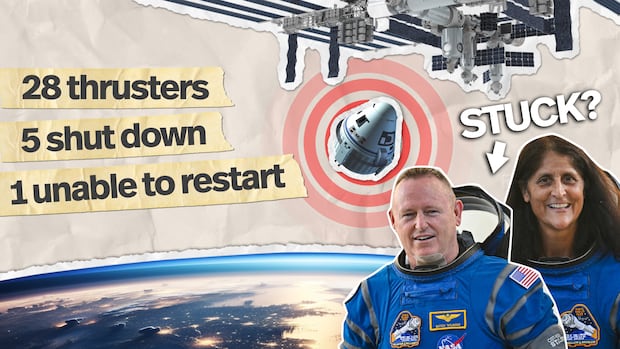
Key Points
- Boeing
's
Starlinercapsule is set to return uncrewed from the ISS after overcoming multiple technical challenges, showcasing resilience in space exploration.
- The mission emphasizes collaboration between NASA and SpaceX
, prioritizing astronaut safety and future innovations in space travel.
- Lessons learned from Starliner's flight will inform improvements for future crewed missions, enhancing the safety and reliability of space transportation.
The recent developments surrounding Boeing's Starliner capsule highlight both the challenges and triumphs in contemporary space exploration. Initially designed to be the first crewed flight of the CST-100 Starliner, the mission has taken an unexpected turn, showcasing the complexities of engineering and safety in the aerospace field. This journey emphasizes the resilience of NASA and Boeing as they navigate the intricacies of space travel.
The Path to Undocking
Set to undock from the International Space Station (ISS) at 6:04 p.m. EST, Starliner will embark on an automated return journey to Earth, landing at
’s
approximately six hours later. While this might seem like a routine procedure, the backstory reveals a deeper narrative of technological hurdles. Originally, astronauts
and
were supposed to accompany Starliner back to Earth after an eight-day mission. However, due to propulsion system problems and helium leaks observed during the flight, NASA decided it was safer for the astronauts to remain aboard the ISS and return on a
in February 2025.

Technical Hurdles and Lessons Learned
The Starliner mission has not been without its complications. After launching on June 5, it encountered multiple thruster failures along with helium leaks, all of which severely delayed its operational capabilities. The complexities of ensuring safety for human travel are immense, and this experience is an essential learning opportunity for both NASA and Boeing. The lessons learned during this high-stakes mission will play a crucial role in reshaping future endeavors in space travel.
NASA's
manager,
, has expressed confidence in Starling’s design despite the setbacks. "We anticipate a good burn", he stated, emphasizing the preparedness of the spacecraft as it departs for Earth. Even though the uncrewed return is less than ideal, it presents a robust opportunity to conduct post-mission analysis that will inform future design enhancements.
A Changing Landscape in Space Travel
This mission exemplifies the evolving landscape of space exploration, particularly the partnership between competitors like Boeing and SpaceX. It was NASA’s decision to utilize SpaceX's Crew Dragon for the return of the astronauts, showcasing the agency's commitment to safety over rivalry. This collaboration underscores a vital trend in modern aerospace, where partnerships can enhance safety and innovation.
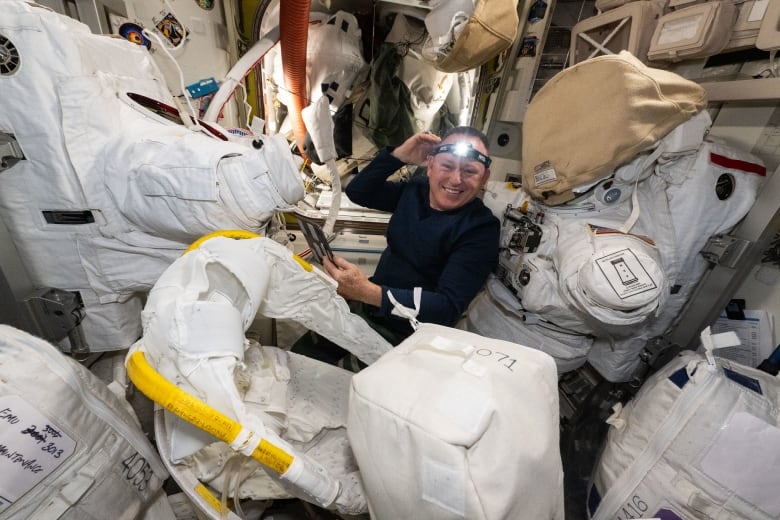
Moreover, the return trajectory of Starliner has been redesigned to mitigate risks associated with the thruster issues encountered during its approach to the ISS. By implementing a “breakout burn”, the capsule will quickly depart from the station with minimal stress on its systems. This innovative approach reflects the agility required in engineering to address unforeseen circumstances.
Looking to the Future
As NASA prepares for the Starliner’s uncrewed re-entry, the potential for a successful landing will serve as a testament to the resilience of human ingenuity. The insights gained from this mission will undoubtedly strengthen future crewed flights, perhaps identifying areas for further development or additional testing needs. Moreover, it opens up a dialogue on the financial implications, with Boeing having already incurred over $1.5 billion in costs related to the Starliner program.
In navigating the complexities of space travel, both challenges and advancements form the cornerstone of exploration. The experiences with Starliner signal that safety and education are paramount as we inch closer to a future where human presence in space is commonplace.
The journey of Boeing’s Starliner is a compelling reminder that in the realm of aerospace, the road may be paved with challenges, but perseverance and innovation ultimately lead to progress. As we watch this mission unfold, we can take pride in the relentless pursuit of knowledge that drives humanity to reach for the stars.
